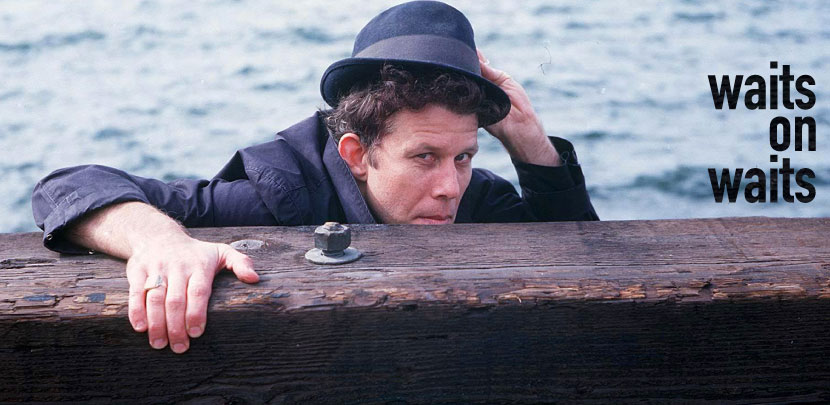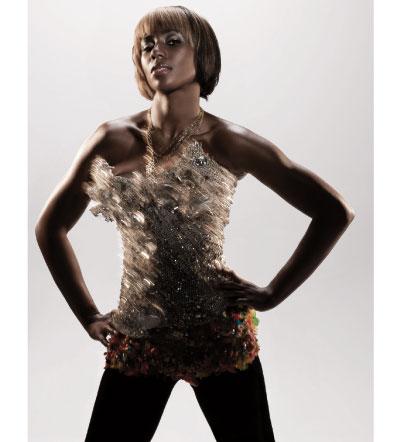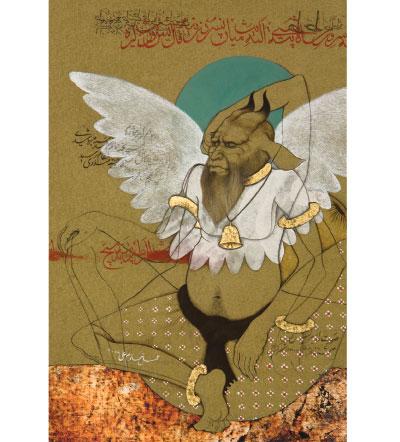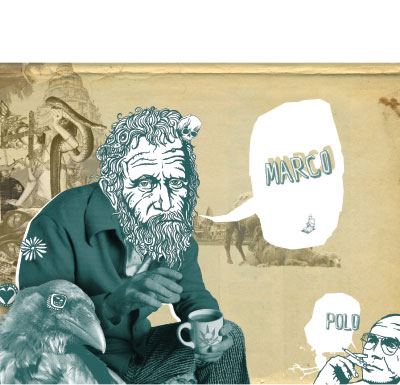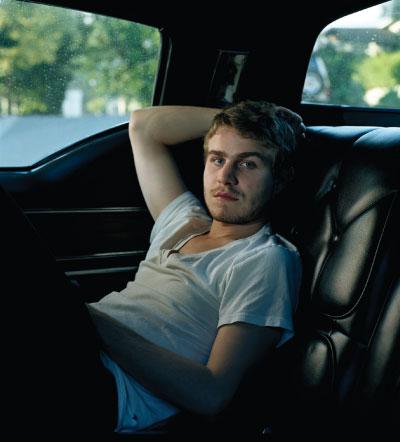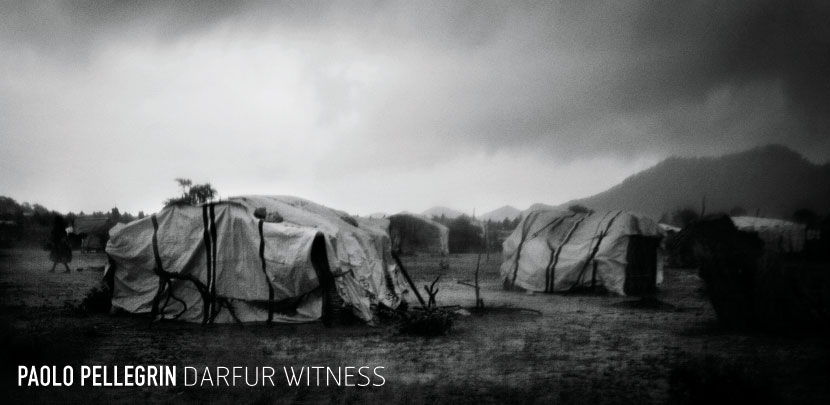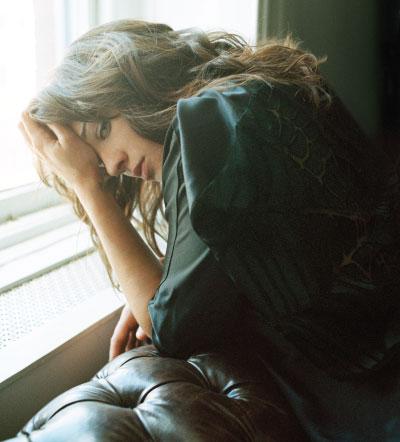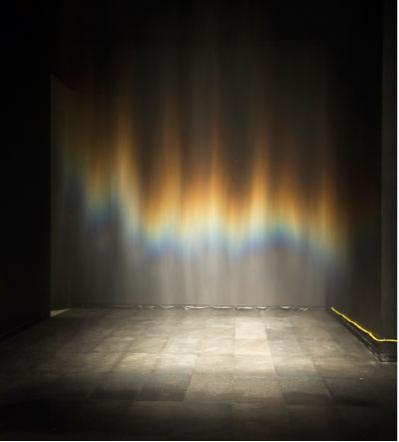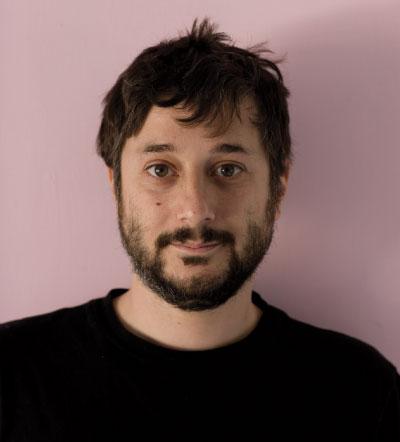
Best known, perhaps, as the writer of Kids and director of Gummo and Julien Donkey-Boy, indie filmmaker Harmony Korine first turned heads in the ’90s with his wildly expressionistic style. Collage-like in their execution, the latter two films were portraits of alienated youth and, at the same time, absurd and hilarious comedies about the lives of outsiders. Odd bits include a man wrestling a chair to the ground, a boy in pink bunny ears playing the accordion in an empty bathroom stall, and Werner Herzog as a domineering patriarch expounding on the merits of Dirty Harry. Some found the films indulgent; others found them poetic and beautiful. Either way, it’s clear that they were at least original.
After dropping off the map for several years, art-house darling Korine is back with a new feature called Mister Lonely, which follows the adventures of a Michael Jackson impersonator, played by Diego Luna. While performing at an old-folks home in Paris, he encounters a woman resembling Marilyn Monroe, played by Samantha Morton. The two run away to the highlands of Scotland to join a commune of impersonators, including ones who portray Charlie Chaplin (Denis Lavant), the Queen (Anita Pallenberg), the Pope (James Fox), and Little Red Riding Hood (Rachel Simon, a.k.a. Mrs. Korine). Meanwhile there’s a subplot that involves nuns skydiving over the jungles of Latin America.




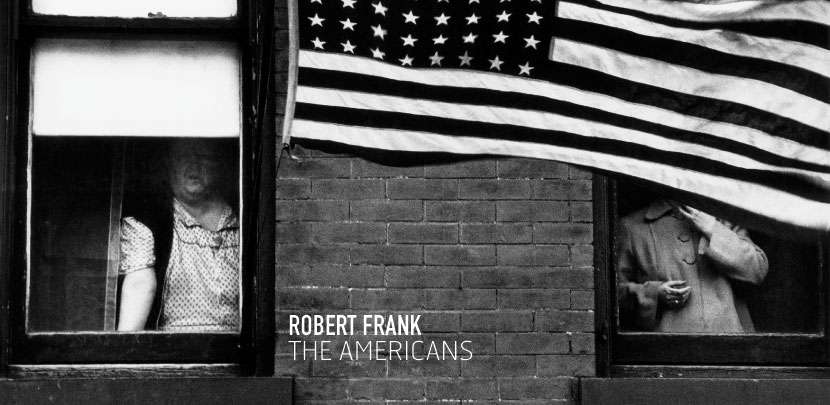
 Facebook
Facebook Permalink
Permalink Digg
Digg Reddit
Reddit LinkedIn
LinkedIn StumbleUpon
StumbleUpon Tumblr
Tumblr
